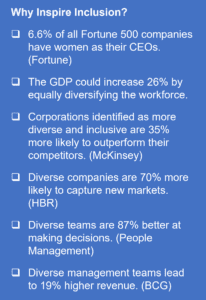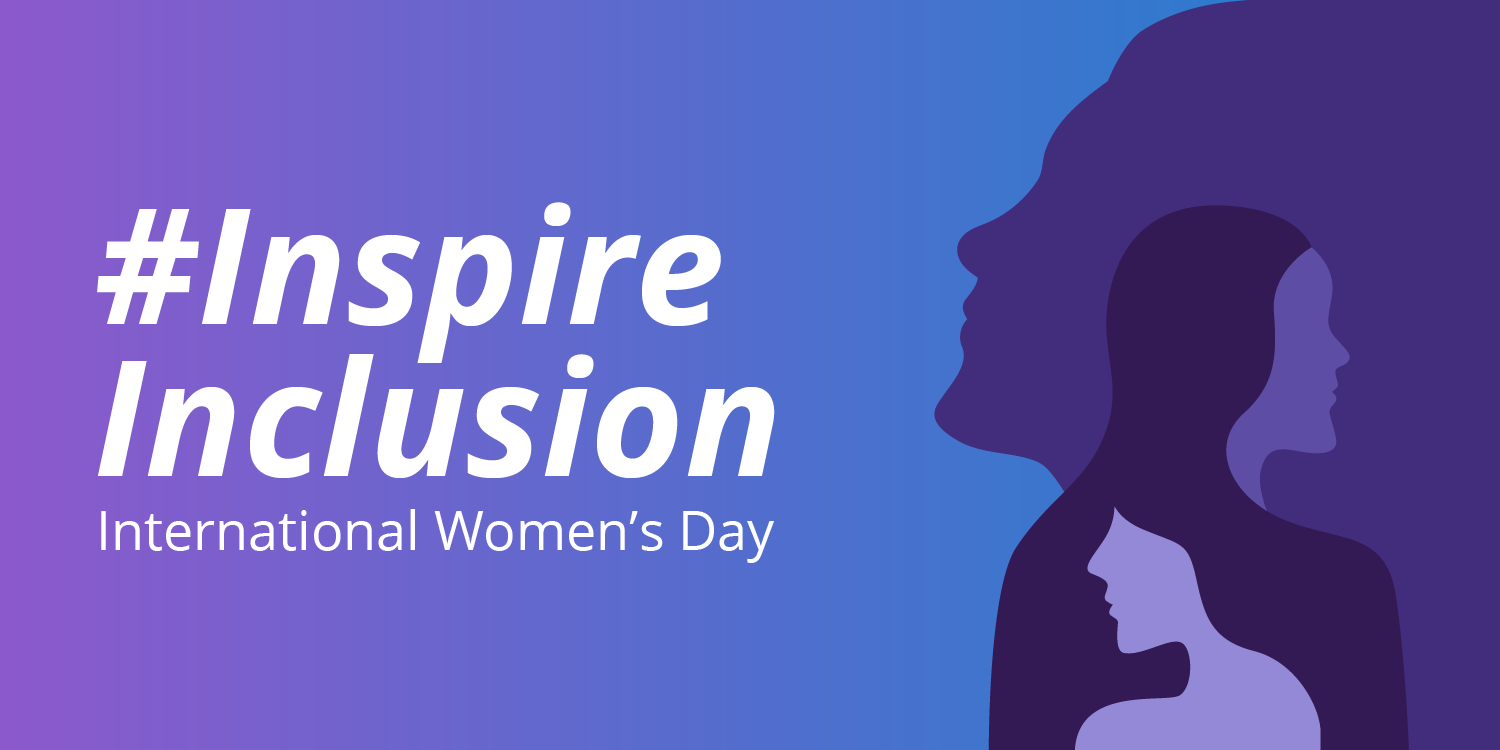Editor’s note: International Women’s Day (IWD2024) theme for 2024 is Inspire Inclusion. We asked our leaders to present their personal views and share stories of how their experiences support that theme.
The world will change when we change it. The question is why should we change? Research is now demonstrating the economic value of a diverse and inclusive workplace.
This question of “why should we change” is one we are asked often in our industry. An entire part of every successful project we implement includes change management. We help our clients craft a vision, implement, and embed the future in their culture and with their people.
industry. An entire part of every successful project we implement includes change management. We help our clients craft a vision, implement, and embed the future in their culture and with their people.
The fact is those are steps we check off in a plan – much the same as we have been checking off steps in mandated diversity plans since the 1960s. Almost 65 years later, we’re still having many of the same conversations and mandatory training because we have not reached the last letter in DEI – Inclusion.
About six-in-ten (61%) of respondents to a 2023 Pew Research Survey say their U.S. company or organization has policies that ensure fairness in hiring, pay or promotions. World at Work reports 8 in 10 organizations have been tracking DEI.
Despite these advances, Nobel prize winner Claudia Goldin’s research shows women still lag behind men in pay, position, and c-suite leadership.
Small Habits Can Lead to Big Visions
Perhaps the vision is missing for some of us. Or maybe we simply don’t recognize the obstacles holding us back from changing the paradigm we hold of women in the workplace.
At times, I may be as guilty as the next person of not listening, not including someone’s ideas, not taking the time to acknowledge that differences are valuable. Even people with the best intentions are influenced by unconscious attitudes – beliefs, language, culture, standards, that we grew up with.
We rush through our days, eager to make decisions, pushed by the speed of our “always-on” digital world. Change requires that we push the pause button, process, and think.
Change Begins With Awareness
Because most bias is truly unconscious, it takes a genuine effort for each of us to acknowledge we have biases. But that’s where inclusion begins.
We all take training on diversity, equity, and inclusion. I believe we have to go beyond check that box and apply what we learn into action – develop some new habits. Here’s some places to start.
- Become aware of your biases
- Understand your own privileges
- Listen
- Pay attention to who is in the room – who is missing – who is not being heard
- Be mindful of your own thoughts and feelings
- Use inclusive language
- Amplify diverse thoughts
- Give constructive feedback
- In meetings, write it down – instead of vocalizing the first thing that comes to mind
- Clarify for better understanding
Inclusion starts with one – with you, with me.
The best way to inspire inclusion is in our own examples of our behavior – and how we raise the next generation. It can be difficult to navigate the changes – we’ll stumble, we may fall. But we’ll get nowhere if we don’t each individually try.
As I look at my diverse team, and at my own family – me, my son and my daughter – what I want is our success. Just as technology can grow a business exponentially, so does inclusion. And it costs us nothing but a renewed awareness and some new habits.
Note:
Project Implicit is a non-profit organization that researches and educates the public about biases. The test and information gathered by Project Implicit are publicly available.

